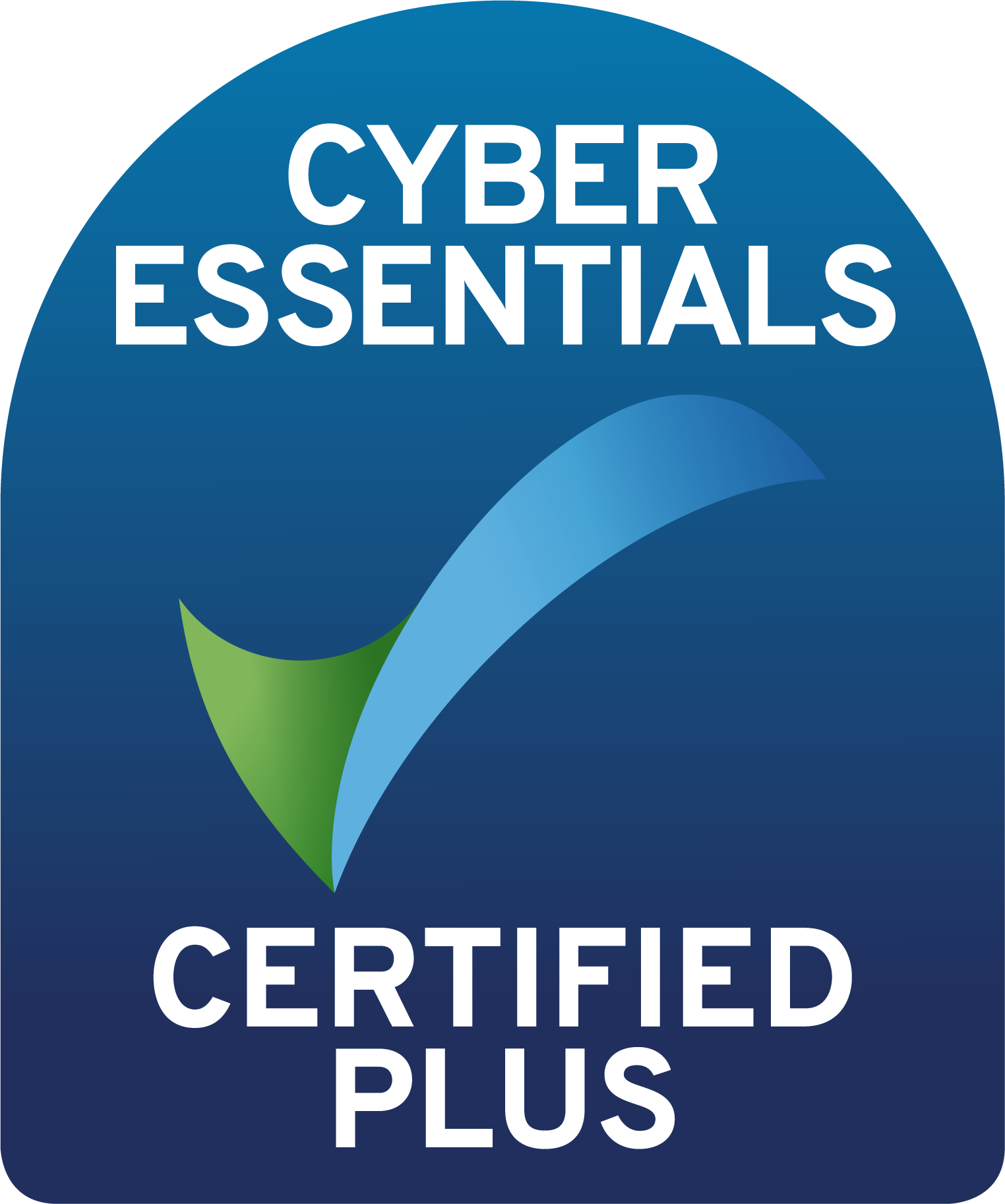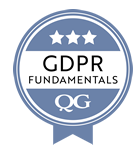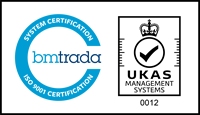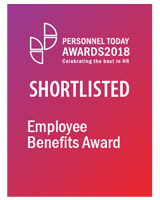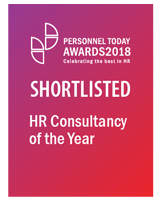With the April hikes looming in both the National Living Wage (6.7%) and Employer’s National Insurance contributions, employers and HR professionals certainly face an uphill struggle in balancing the books and remaining competitive in the talent market. The net result is likely to be strained pay conversations as businesses respond by revising down their pay budgets. In our recent survey, the average pay award is now expected to be somewhere between 3% and 4%, a long way behind the NLW uplift and recent pay uplifts.
Smaller pay pots create tougher circumstances for HR professionals because they restrict the ability to vary reward and provide targeted increases to specific groups, such as high performers or those who are behind market. The NLW rise is also likely to create pay compression, which puts pressure on pay structures and turns up the heat when it comes to recruitment and retention.
At the same time, a recent survey from LinkedIn and Microsoft found more people wanting to quit their jobs now (46%) than during the Great Resignation of 2021 (41%), signalling a double whammy for businesses: increased flight risk on top of reducing pay pots.
Beyond simply adjusting pay scales, we would argue that this challenge calls for a more creative reimagining of the entire Employee Value Proposition, with an evolving benefits offering at its heart. While HR has spent the last few years trying to keep pay apace with living costs, inflation and interest, benefits may have taken a backseat. Many companies are now revisiting the relevance and vitality of their schemes, particularly those designed pre-pandemic that look outdated and unattractive to a more dispersed and hybrid workforce.
Redefining Flexibility
Whilst the recent debate on flexibility has focused firmly on the working-from-home debate, it is not the only piece of the flexibility puzzle. Flexibility can play an important role in enhancing your benefits offering without hitting the bottom line. Work location is, of course, still a major factor – and it will be interesting to see the long-term impact for those companies now insisting on a more rigid office-based regime - but the make-up of the working week also carries importance. Many companies have trialled and adopted a four-day week, or other compressed hour models that are more adaptable to the realities of individuals’ lives.
More premium is also being placed on time: giving workers the ability to balance work with other important unpaid ‘life’ duties such as childcare or caring for elderly relative. This is all about work-life balance and it will be interesting to see whether UK companies adopt the Right to Disconnect approach already in place in Ireland, Belgium and Australia giving employees the right to opt out of work-related communications outside of work hours.
Financial and Health Wellbeing
With the after-effects of the pandemic still combining with cost-of-living concerns, mental health and wellbeing support is still paramount. No longer the tagged-on afterthought, benefits promoting financial and health wellbeing now represent important parts of a package extending to mental health support, preventative measures in health and wellbeing and financial support usually accessed via an EAP.
Health support services might include online GPs and access to one-on-one counselling or group therapy. Preventative measures include screening, diagnostics and physio, all of which are increasingly available to employees through more affordable cash plans. Financial support can also be provided via an EAP, acting as a safety net of help and guidance around debt, workplace loans, financial planning, retirement and redundancy advice and insurance products.
Irrespective of the benefits you offer, I would like to flag three key action areas for 2025:
Communicate
Simple and effective communication around existing benefits can make or break workers’ understanding of what is on offer. Once they appreciate what is there, they can engage with it and value it more, increasing ROI.
Review your suppliers
In the same way that we all double-check the fairness of a car insurance renewal, keeping a healthy dialogue with benefits suppliers can maximise the ongoing value we receive and make sure we’re not missing out on any enhanced benefits, offers or perks.
Embrace Technology
In the modern world posters and leaflets are only going to engage a fraction of workers. With a dispersed workforce, effective engagement is becoming more reliant – and possible - through HR tech. A bespoke smartphone app can now provide a secure and simple way for companies to house their benefits for all their workers. This also allows them to promote greater benefits equality, personalise the offering, communicate seamlessly and measure the engagement they achieve.



